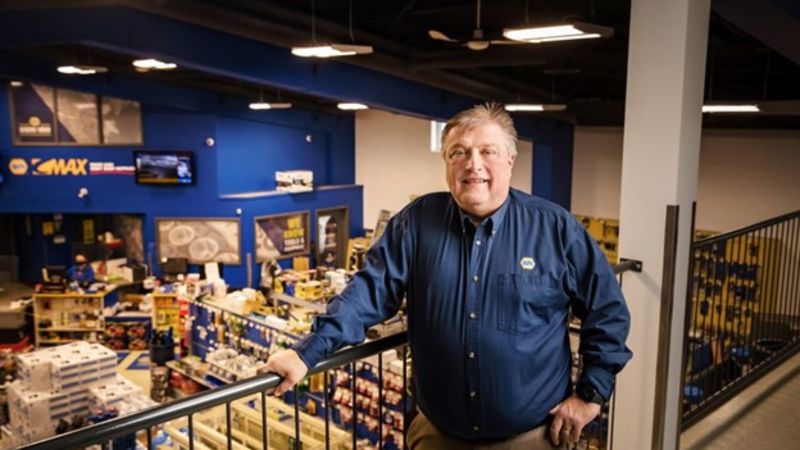SWAB EVENT PLANNED FOR LOCAL PATIENT
Young Girl with family ties to Mervin Requires Stem Cell Transplant to battle Myelodysplastic Syndrome
Did you know that you can help Canadian patients in need by becoming a Stem Cell donor?
Canadian Blood Services is currently looking to add new registrants to our OneMatch Stem Cell and Marrow network. Stem cells are immature cells that have a remarkable potential to develop into many different cell types in the body.
At any given time there are hundreds of Canadian patients who are searching for an unrelated volunteer stem cell donor. The most common need for a stem cell transplant is to treat forms of blood cancers or blood disorders, which may cause an inability to generate healthy red blood cells that carry oxygen or healthy platelets that control excess bleeding.


